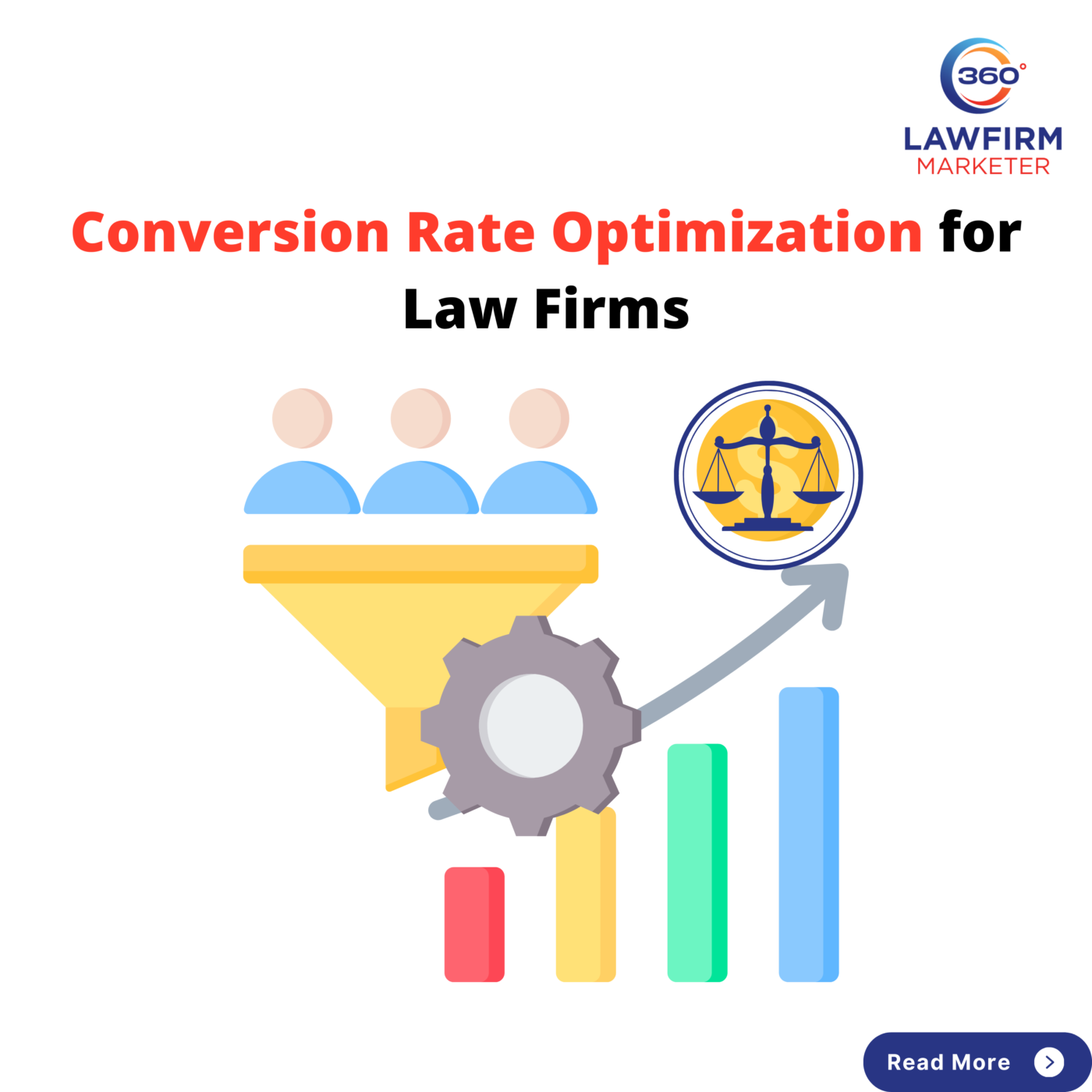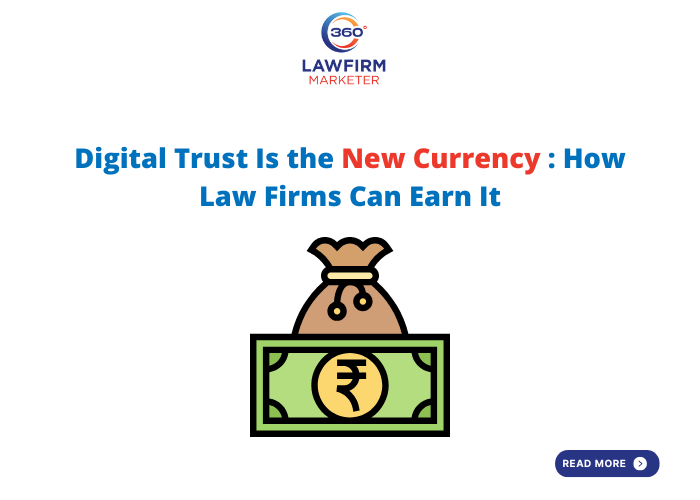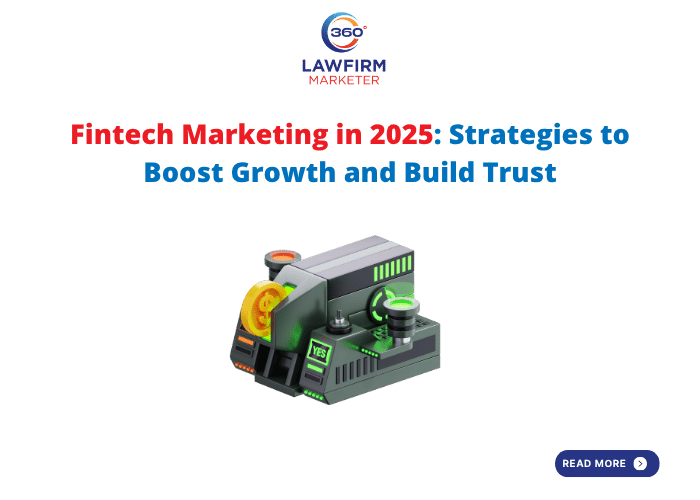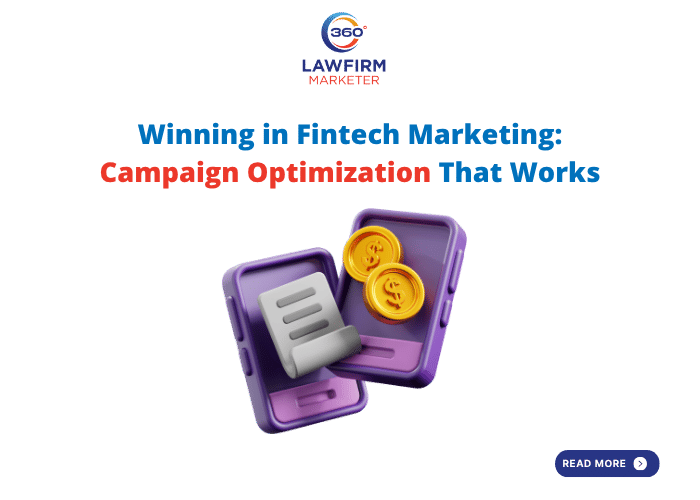
Just when you thought you learned every acronym on the planet already, CRO, also known as Conversion Rate Optimization, enters the fray. By no means is CRO a new term in the marketing world. Conversion Rate Optimization has long been a focal point for marketing departments, gathering data to analyze ways to increase engagement with their website, ads, and other mediums ASAP.
So, what is Conversion Rate Optimization for law firms? As it pertains to your law firm, it’s enhancing your website to increase lead generation and tweaking how you present content to provide value. IMO, the fruits of these labors should lower acquisition costs, generate higher quality leads, and draw new clients, FTW.
CRO Overview
In the past, a massive victory meant a user visited your website due to your extensive marketing efforts. Today, large companies are content to waste millions of dollars leading someone to their website’s porch and offering no incentive for them to ring the doorbell. For some businesses, it’s not enough anymore. Imagine showing up to a giant, impressive warehouse location, but the minute you set foot inside, it’s empty and anything but enticing. The idea behind CRO is to invite someone to your online warehouse, and when they show up, there is value, like a blog, podcast, webinar, and more. (For a more in-depth look at how to create a successful podcast, check out this free eBook: The Law Firm Guide to Podcasting.)
The information on your website, as well as how it’s constructed, matters. Upon arrival at your site, users should be compelled to interact. Within those interactions lie the engagements that increase the chances of converting that user into a lead and, eventually, a client. The more value you provide to a user, the higher your conversion rate. And how you accomplish this varies from law firm to law firm. Your law firm’s path directly correlates to your practice areas, forcing you to think hard about what these potential clients want to experience to “sell” them on your firm’s merits.
Take an objective look at your website and ask tough questions until you determine why people aren’t enthusiastic about offering personal information or interacting. Is your website hard to navigate? Do you make it easy for users to gather the information they seek? Is the design aesthetic a gateway to a user migraine? What aspects of your website don’t happen when a user visits that should? The answers to these questions will guide you down the path of CRO and lead to a world where you won’t have to do backflips to earn a user’s engagement.
I’d Do Anything FYI
To implement CRO, you must first calculate your conversion rate. Then, you can figure out how to optimize it. This rate is determined by taking the total number of conversions and dividing it by the number of visitors, then multiplying it by 100. The result is a percentage, and this number is your conversion rate. For example, if your law firm’s website had 53 conversions and 2500 visitors, your conversion rate is 2.1%. Not coincidentally, 2.1% is the industry standard conversion rate for law firms.
Compared to other businesses, this is a relatively low percentage for conversion rates, underscoring the necessity to provide value to the select group of visitors who engage with your website. This percentage may fluctuate when optimizing your conversion rate and possibly even stay the same. However, if the number of monthly visitors from our math problem increased tenfold because you drove more traffic, you should expect ten times the engagement. If pushing substantial web traffic to your site is a challenge, figuring out how to increase engagement with the audience at its current size becomes your main priority.
Tools like Google Analytics 4 are handy in providing valuable data to help determine a strategy, but they create an incomplete picture that other third-party services can bring into focus. GA4 is a great asset, but it’s a macro tool compared to the specificity and clarity of user activities provided by the tracking software at services like Hotjar and Crazy Egg. Unfortunately, these services only guide CRO decisions; they won’t make them for you.
So, where do you implement all of this knowledge and guidance? The homepage of your law firm’s website is a great place to start. After all, in most cases, it’s the first thing a user sees, and initial impressions are everything. If you run ad flights on multiple social media platforms, create a landing page specific to each. That way, you can track pay-per-click engagements more accurately. Include an incentivized form-fill on the homepage that gives the user access to a special webinar or piece of content like a virtual video introduction to the office. The more effort you put into enticing a user, the less thought they’ll put into whether or not to engage with your law firm. At this point, your conversion rate should reach new heights without having to dig deep into your pocket to get there.
Takeaway:
Conversion Rate Optimization (or CRO) is the process of enhancing your website to increase lead generation, lower acquisition costs, and attract new clients. When a user visits your site, the goal is to convert them into a lead by providing value that entices engagement. Law firms try to elicit the feeling that the user’s time was well spent on their website by creating podcasts, conducting free webinars, writing weekly blogs, etc. When users feel this way, they are more inclined to willingly offer valuable information that may help you attract them as clients and more people like them. First, calculate your law firm’s conversion rate to see where it compares to the industry standard. Next, ask your marketing team tough questions about the user experience on your website, beginning with “What doesn’t my website do for a user that it should?” This question is a Pandora’s Box you want to open. It’s the first step in identifying how to optimize the conversion rate and influence choices when altering your website and the content created to improve the user experience.
We work with firms to analyze and interpret data, strategizing CRO efforts to create a valuable user experience. To learn more about how we can help your firm, don’t hesitate to reach out today.





